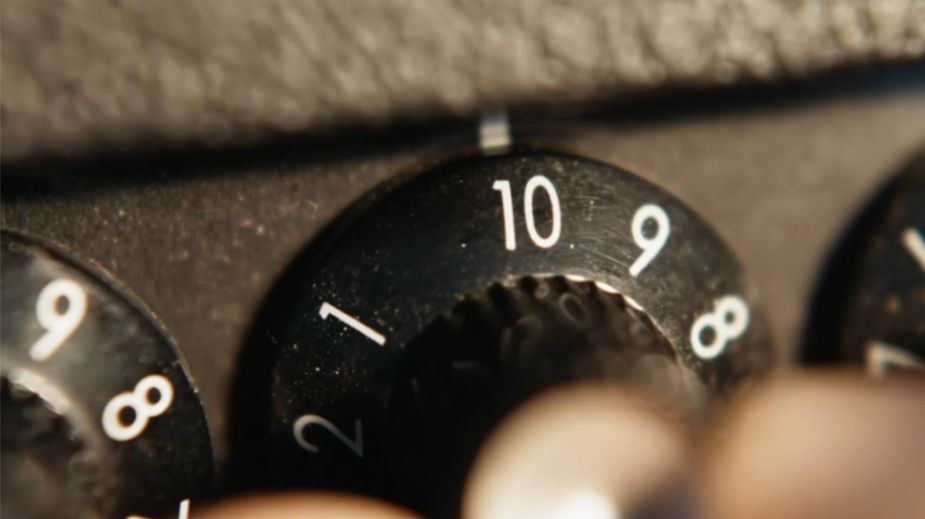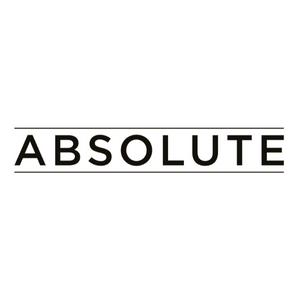
Finely Sliced: Tom Higgins and His Love of Storytelling

Tom Higgins is an editor at Absolute. He has cut projects for clients including Burberry, Rolls Royce, Disney and Ralph Lauren, working on TVCs, social content and OOH displays such as the Piccadilly Lights, as well as music promos for the likes of Headie One and Stormzy.
LBB> The first cut is the deepest: how do you like to start an editing project?
Tom> It can depend on the job, but as soon as you get a storyboard you can start to plan cuts, timings, and how the VO will work. Post shoot, I start every project by getting as familiar with the footage as possible.
Moments around takes can provide solutions down the line, so knowing the footage like the back of your hand means you'll have answers later! It's great to be able to offer alternatives during client sessions if a particular moment just isn't quite landing.
LBB> Non-editors often think of editing just in technical terms but it’s integral to the emotion and mood of a film. How did you develop that side of your craft?
Tom> I've never thought of editing as solely technical; in fact, when I started to edit, I was shocked at how technical and organised you had to be!
I always want to understand the audience and the objective of what I'm working on. It's the first thing I take in when reading any brief. Before doing anything, a united understanding between director and editor of the message you're trying to convey is imperative.
I like discussing everything and anything. Partially because I like a good debate and I'm quite nosey as to how other people might interpret something, but also because it builds a better understanding of what resonates with audiences.
LBB> How important is an understanding of story and the mechanics of story?
Tom> Storytelling is everything I love about the job. From conveying all the sensitivities in a longer piece, to fitting a clear narrative into a 15 second spot, if you don't understand the story, you’ve no chance of it resonating with the audience. A feature length film will tell a very different story to a sizzle reel. Both have their own set of mechanics!
LBB> Rhythm and a sense of musicality seem to be intrinsic to good editing (even when it’s a film without actual music) – how do you think about the rhythm side of editing, how do you feel out the beats of a scene or a spot? And do you like to cut to music?
Tom> Editing to a music track is like a safety guide when you start cutting. There are clear points that feel like obvious cues. However, you need to be careful about being too obvious with the cuts.
There's more than just cutting on every beat; listen to what's happening in the melody and how the picture works with the flow of the music.
Rhythm isn't always as obvious without a music track, but dialogue, movement and sound design all help. It's about knowing when to hold a shot, and when to cut. This controls the pace of the edit, and even a few frames can change that. Sometimes what you think will work doesn't run as smoothly in reality! Obviously, it differs from job to job as well—music videos are heavily based on the track, whereas a commercial piece may be more dialogue driven.
We're lucky enough to have sound design in-house, so when we get a chance to work in tandem on the edit/sound it's great to see ideas and structures develop. I recently worked on JBL ‘Heart of Sound’, a fast-paced, nostalgic piece showing the legacy of gigs. It was great starting with a tempo track and finding key bits of archive to exude the electricity of seeing live music.
Meanwhile, sound designer Arge was developing audio ideas and the two of us were going back and forth, changing up frame rates and effects to make everything work cohesively.

LBB> Tell us about a recent editing project that involved some interesting creative challenges.
Tom> 'Cry No More' by Headie One and Stormzy. The concept was by the artist, Headie One, so it was really important to stay true to his vision and do it justice. The director, RAWTAPE is super talented, and gave me some great rushes to work with.
Creatively, I had to consider the performances of the talent, as well as the background narrative, and choose the best takes of both these things, making sure they worked together. On top of this, it was the classic music video quick turnover, so I had to get the transitions looking right early doors.

LBB> How important is your relationship with the director and how do you approach difficult conversations when there is a creative difference of opinion?
Tom> In my experience, directors aren't necessarily looking for a 'yes' man. A lot of the time, they're open to discussions and want a creative partner to elevate their project to the next level.
Having fresh eyes on a job they've been invested in for a while can help bring out aspects they may have overlooked. Working on commercial jobs also means you need to take the brand and client vision into consideration. You want to get as close to the director's original vision as possible, whilst also getting the best from the footage, and hitting the client's brief. When having these conversations, I like to try and offer compromises or solutions, which supports my earlier statement: knowing the footage inside out is essential.
LBB> What’s harder to cut around – too much material or not enough? (And why?)
Tom> I would much rather have too much footage, but it can mean you end up going round the houses a few times. It sometimes feels like you have too much choice, which encourages the danger of spending too much time experimenting, rather than fine-tuning.
But with too little, you have what you have, and that's it!
LBB> Which commercial projects are you proudest of and why?
Tom> I'm not sure it ticks the box of a 'commercial', but 'What Willy Cook: Journey To The Centre Of The Bowl' for Kellogg's Crunchy Nut would be up there. It's a job that I still look at and laugh. It was based around an ear worm song of the crunchy nut ingredients and had more of a music video shoot vibe. You can see how intrinsic their humour is, as they came up with several ideas on the spot, which was great to be a part of.
I was on set for the offline and following it through with the online, so it was great to see how the job developed. When your brief is 'low-fi home video', it opens a lot of doors that would normally be 'faux-pas' in the pixel perfect VFX world. And then when you have an extremely talented colleague tackling the hand-drawn animation (shout out to Christine Peters!).
The animation went way, waaay down the rabbit hole and it’s vital sections like this get the time they deserve editorially. Overall it was brilliant watching the visuals elevate the humour.
LBB>There are so many different platforms for film content now, and even in advertising something can last anything from a few seconds to a couple of hours. As an editor, are you seeing a change in the kind of projects you’re getting from brands and agencies?
Tom> Social edits are just as important as a TV spot now, which completely changes the workflow of a job. You need to make sure all aspect ratios get their due consideration and that the message stays consistent regardless of crop sizes. Some may not have audio, so the footage and cuts need to work harder to do the talking.
LBB> Who are your editing heroes and why? What films or spots epitomise good editing for you?
Tom> To be honest, I didn't really realise who my heroes were until I came into the job. It made me think about all the films I loved watching growing up, and how the edit was a big part of that.
‘City of God’ edited by Daniel Rezende, for example, is one of my favourite films and a lot of that is down to how multiple stories are intertwined. Jill Bilcock; ‘Romeo and Juliet’ and ‘Moulin Rouge’—the spectacle of Baz Luhrmann—are favourites, as is ‘Snatch’, with action and pacing by Jon Harris. Skip Macdonald was probably the first editor I really looked at and studied. ‘Breaking Bad’ and ‘Better Call Saul’ show how setting tones with a montage can be a thing of beauty.
LBB> How does editing in the commercial world differ from the film world and TV world?
Tom> A big thing would be the turnaround—in commercials, there's not necessarily a lot of time to really sit with the footage and let a story play out organically. It's much more fast-paced, and all about problem solving; you may only have a few days to get an edit done.
There's also a huge difference in the way a story is conveyed. In film and TV, the story is the product, whereas in commercial, it's based around the product.
LBB> Have you noticed any trends or changes in commercial editing over recent years
Tom> AI is here and we're all doomed... JK. It's great for quick visuals amongst other tasks but I've worked on a few jobs ticking off AI approval criterias and I think this is definitely something that still needs the human touch.













